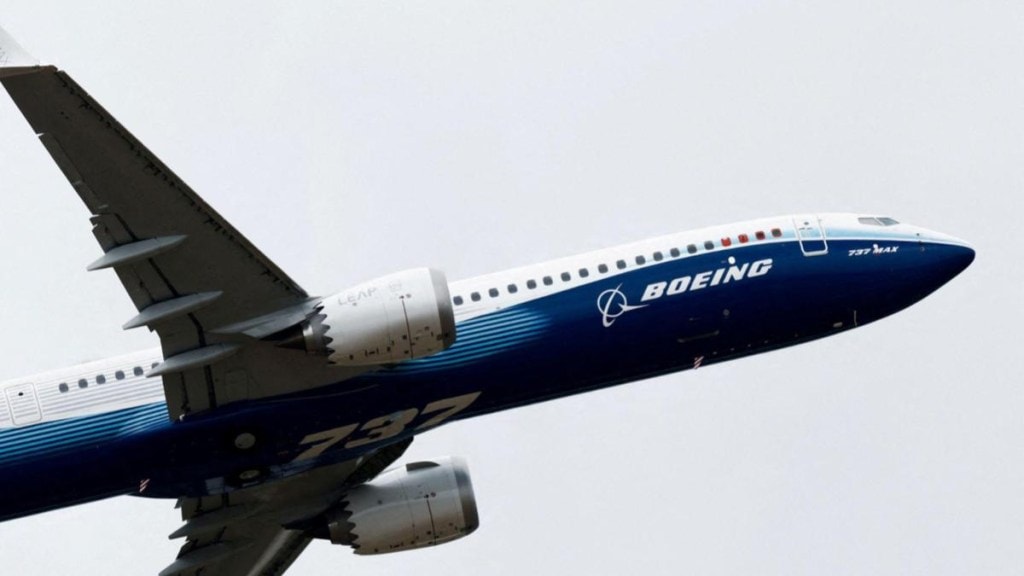The Federal Aviation Administration (FAA) has flagged a new safety concern involving Boeing’s 787 aircraft. The US civil aviation regulator has said that operators of Boeing 787-9 and 787-10 models will have to adopt a new “airworthiness directive (AD)”. The proposal came after multiple reports revealed that several Boeing aircraft could have forward fittings of the Ram Air Turbine (RAT) manufactured from substandard materials.
Substandard titanium used
“This proposed AD was prompted by reports of multiple supplier notices of escapement (NOEs) indicating that ram air turbine (RAT) forward fittings were possibly manufactured with an incorrect titanium alloy material,” read a part of the summary of the document.
It added, “The titanium material that was possibly used is a Grade 1 or 2 commercially pure unalloyed titanium, which has significantly reduced strength, fatigue and damage tolerance properties compared to the type design Grade 5 Ti-6Al-4V alloy material.”
According to a report by Aviation A2Z, the substandard titanium is believed to have been sourced from China and was supplied by Spirit AeroSystems, a key supplier to both Boeing and Airbus. The affected aircraft were assembled at Boeing’s facility in North Charleston, South Carolina.
Failure of RAT during deployment
FAA further warned that using incorrect alloy material could lead to a failure of the Ram Air Turbine (RAT) during deployment. “A RAT forward fitting that was possibly manufactured with the incorrect titanium alloy material could fail when the RAT is deployed. This condition, if not addressed, could result in loss of backup hydraulic and/or electrical power as well as the RAT module departing from the aeroplane.”
RAT is deployed during emergencies to generate hydraulic or electrical power from the airstream and keep essential systems operational in the cockpit, like in the case of dual engine failure. It is either manually deployed by the pilots or automatically deployed, depending on the circumstances.
According to a report by TOI, Air India currently operates Boeing 787-9 aircraft that were previously part of Vistara’s fleet before the merger. Prior to the merger, Air India primarily operated the 787-8 variant of the Dreamliner, which may not fall under the scope of the FAA’s latest directive and therefore might not require the same checks.
The aircraft that crashed in Ahmedabad was a Boeing 787-8 Dreamliner. The RAT on this aircraft was deployed moments after it took off from Ahmedabad Airport on June 12, killing all but one passenger.
Proposal for B787-9 and B787-10 models
“We issued guidance to our B787-9 and B787-10 customers in February 2025 and fully support the FAA’s proposal to make that guidance mandatory,” TOI attributed this statement to Boeing.
The aerospace company further added that its in-service fleet can continue normal operations.
FAA stated that verifying compliance with the new Airworthiness Directive (AD) will require the use of High Frequency Eddy Current (HFEC) testing or a handheld X-ray Fluorescence (XRF) spectrometer. These inspections are intended to address the identified “unsafe conditions”. The FAA also noted that if any fittings are found to be made from substandard material, they must be replaced with components made from the correct titanium alloy.

